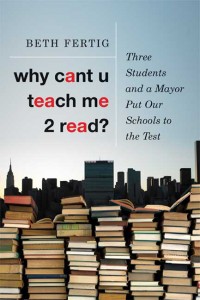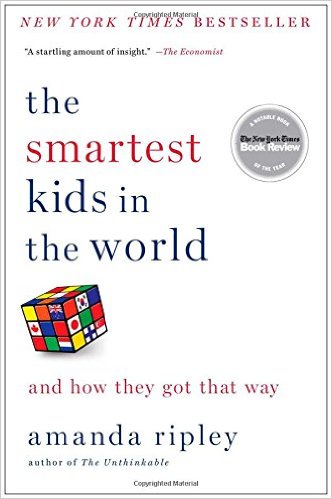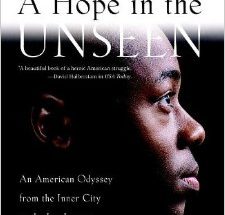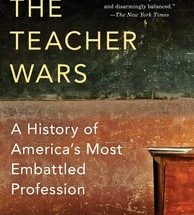
At 24, Yamilka could not take the subway alone without getting lost. Twenty-two year old Alejandro had never bought himself a book. Nineteen-year-old Antonio never finished high school. All three students attended New York City public schools for years, yet none of them learned how to read.
In Beth Fertig’s book Why Can’t U Teach Me 2 Read, the story of these three students is contrasted with a detailed account of the struggle to teach students with disabilities, a history of reading instruction and a look at the public education system in New York City.
Yamilka, Antonio, and Alejandro are all first-generation Americans with various disabilities. They are shuffled through various schools, special education classrooms, and services, yet fail to make progress and find themselves struggling to read simple words.
Eventually, they each separately become aware of their rights as students and find injustice in the fact that they can’t read after years of public schooling. Each student turns to the organization Advocates For Children for help. With the assistance of attorneys, the three students are awarded compensatory education, which allows them to seek extensive private tutoring at expensive learning centers, all paid for by the Department of Education.
As the students navigate the complicated process of learning to read, Fertig delves into the various reforms in the New York City Department of Education. She paints the picture of a city agency struggling to attack a variety of issues, from reading instruction to school ratings to district wide data collection systems. Fertig also provides a detailed background on the process of learning to read and the various reasons why some kids naturally struggle. She describes teachers attempting to balance district and school demands with varying student needs and academic performance levels.
Fertig visits several schools in the district to show how instruction differs by school, as well as the intricacies in various methods and strategies. This provides a detailed account of the lack of a uniformed, proven reading curriculum, as well as the difficulties that teachers have in adapting to new methods and successfully teaching students how to read.
The lives of Yamilka, Antonio, and Alejandro change as each student becomes literate. Fertig follows this transformation, and provides an intimate look at the thoughts and feelings of the students, as well as the impact that their new literacy has on their life. This transformation exemplifies the necessity of literacy, and highlights that even the smallest tasks often require literacy, which is the key to independence and self-sufficiency.
By the end of the book, it becomes clear that while there may be no uniform measures in place to help students like Yamilka, Antonio and Alejandro, the systems in place now must be changed so other students have the opportunity to live and access the world independently.



